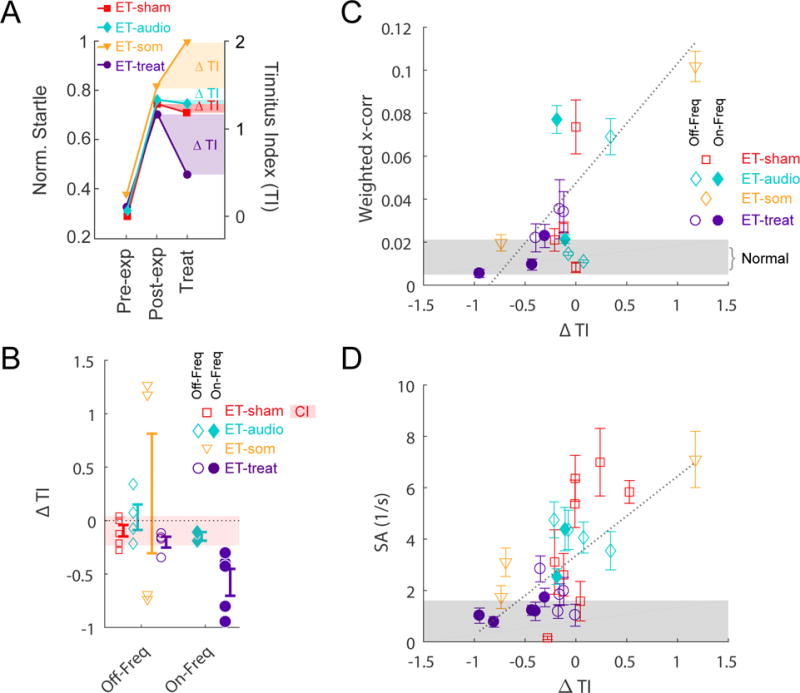Fig. 4. LTD-induction reduces synchrony and spontaneous activity and reduces tinnitus in guinea pigs.

(A) Four representative animals (one from each group) show increased normalized startles after noise-exposure (pre- to post-exposure) indicating tinnitus (left ordinate), quantified as the TI (right ordinate). After LTD-induction by application of a bimodal auditory-somatosensory stimulus to the fusiform cells (ET-treat), there was a reduction in TI in the treated animal (ET-treat). Sham-treated (ET-sham; sedative only), auditory stimulus only (ET-audio), and somatosensory stimulus only (ET-som) animals either showed no reduction in TI or worsened TI. (B) Mean TI was significantly reduced in the ET-treat group at the treated frequency (On-Freq; 8 kHz) but not untreated frequencies (Off-Freq; 12 and 16 kHz). TI was not significantly reduced in the ET-sham, ET-audio, or ET-som groups. Pink horizontal bar indicates the 95% confidence interval (CI) for the ET-sham group. (C) The weighted mean cross-correlation coefficient (x-corr) for fusiform cells (at best frequencies within the TI bandwidth) is plotted as a function of ΔTI (116, 36, 35, 106 unit-pairs for ET-sham, ET-audio, ET-som, and ET-treat groups, respectively). Grey area indicates the range of x-corr for non-exposed animals. Reduction in synchrony significantly correlated with TI reduction. (D) Spontaneous activity (SA) plotted as a function of ΔTI (446, 204, 202, 696 units). Reduction in SA significantly correlated with TI reduction. Data shown are mean ± SEM.
